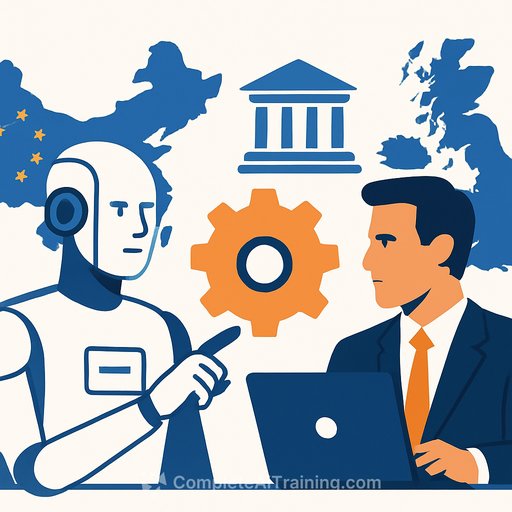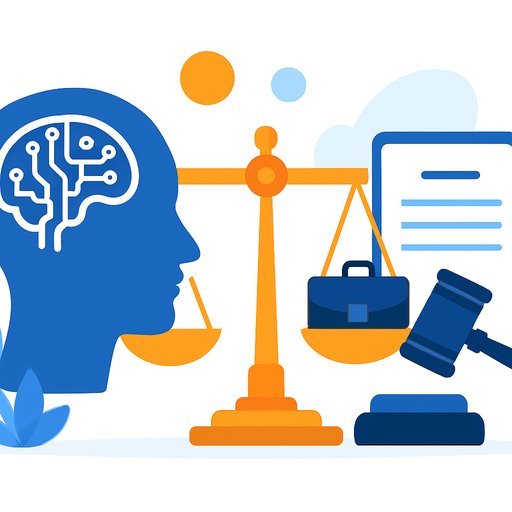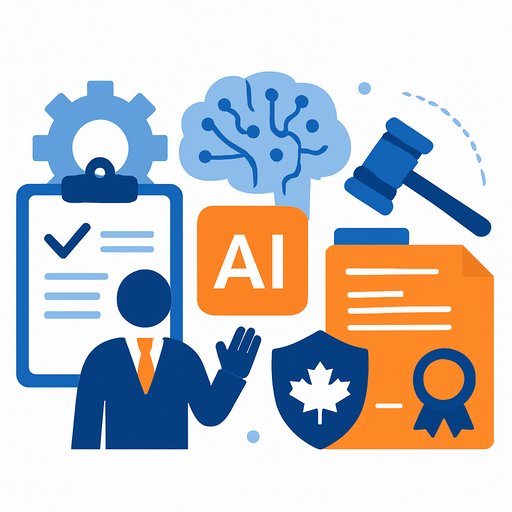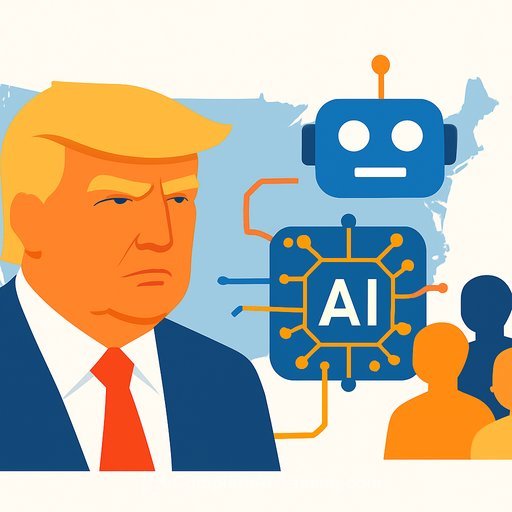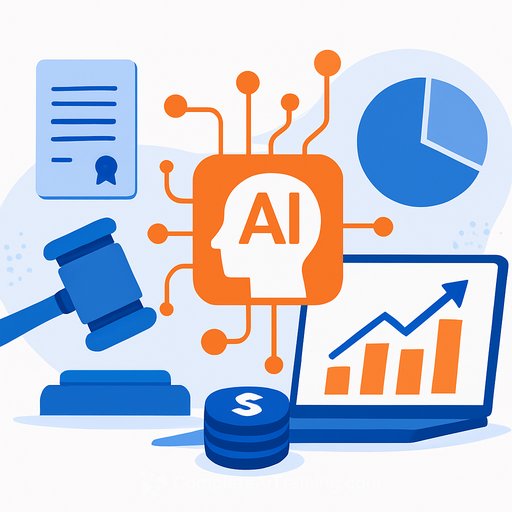AI and the Legal Profession at a Crossroads
Since late 2022, AI has moved from novelty to default. Tools once seen as experiments now sit inside daily workflows, changing what lawyers do, how fast they do it, and what clients expect.
With China's DeepSeek sparking a fresh wave of interest, the legal sector is facing a simple question: how do we get real value from AI without breaking trust, ethics, or confidentiality? The firms that answer this with discipline - not hype - will win.
What the data says: adoption is high, institutional use lags
A 2025 Thornhill Academy survey of Chinese legal professionals shows strong individual use and slower firm-wide rollout. 96% of lawyers report using generative AI; only 28% say their firms use it regularly across teams.
DeepSeek is the top tool for roughly 80% of respondents, followed by ChatGPT (48%). MetaLaw and Fatianshi are gaining users. Core tasks are legal research (74%), contract review, and drafting. Nearly half of firms expect to expand AI use over the next two years.
Barriers are consistent: 52% worry about immature or unreliable outputs, 48% cite high upfront costs, and 48% point to data security and confidentiality risks. Regulatory uncertainty and unclear ethics frameworks hold firms back. Only 8% report budgets above 500,000 yuan, and many lack transparent AI budgeting.
Will AI replace lawyers? Most say no - but roles will change
About 81% believe AI will enhance human expertise over the next five years. Most see a co-pilot model: AI speeds research and drafting, while complex reasoning and judgment stay human.
Still, half expect service delivery to change materially. 22% anticipate shifts in firm structures and roles. That means fewer repetitive hours and more pressure to deliver high-quality analysis and counseling.
China vs. UK: two adoption models
In the UK, many firms run AI from the top down, with innovation teams, structured playbooks, and even financial incentives. Firms treat AI as strategic, not experimental.
In China, adoption is more bottom up. Lawyers move fast on their own; firm-wide strategy and governance often lag. The result is energetic progress, but a fragmented approach that leaves value - and risk controls - on the table.
A 90-day plan for law firm adoption
- Scope 2-3 high-yield use cases: case law research, first-draft memos, clause extraction, playbook drafting.
- Publish a short policy: approved tools, PHI/PII rules, prompt redactions, client consent language, and a "for reference only" label for AI outputs.
- Stand up secure access: enterprise or VPC instances, data-loss prevention, redaction, audit logs, and retrieval-augmented generation for firm know-how.
- Evaluate models by task, not hype: compare DeepSeek, ChatGPT, and local tools against 20-30 real matters; track accuracy, citations, and time saved.
- Budget like a portfolio: set per-seat targets, forecast matter-level ROI, and cap shadow IT. Track realized savings and write-down reductions.
- Quality assurance: human-in-the-loop review, cite-checking, hallucination tests, and red-team prompts for edge cases.
- Ethics and risk: privilege and confidentiality checks, conflicts protocols, bias review, export-control awareness, and incident response playbooks.
- Training and playbooks: prompt libraries, clause banks, review checklists, and PSL-led office hours. Pair juniors with specialists on live matters.
- Client communications: disclose AI use where material, explain benefits and safeguards, and align pricing with outcomes rather than hours.
- Metrics that matter: turnaround time, accuracy, client satisfaction, realization, and complaint rates. Publish results internally.
Cross-border work: practical upside
86% of surveyed Chinese lawyers say AI improves international work, especially translation and research on foreign law. 64% see it as key to the internationalization of Chinese legal services.
This levels the field for regional firms outside Beijing and Shanghai. If you can deliver fast, bilingual research and clean drafts supported by human review, you can compete for more cross-border matters.
Governance and trust: a short checklist
- Model governance: approved models, versioning, and a change log.
- Data controls: retention limits, encryption, redaction-by-default, and role-based access.
- Vendor diligence: SOC 2/ISO 27001, data residency options, and clear training-data terms.
- Fairness and quality: test sets for bias and edge cases; document known failure modes.
- Regulatory alignment: track local rules and professional duties; map to data protection guidance.
- Incident response: clear triggers, notification paths, and remediation steps.
Practical resources
For privacy-by-design in AI projects, see the UK ICO's guidance on AI and data protection (ICO: AI and Data Protection).
If you're building skills across roles in your firm, explore curated programs by job function (Complete AI Training: Courses by Job).
Bottom line
AI is moving legal work toward faster research, cleaner first drafts, and tighter client delivery - with humans guarding judgment, ethics, and trust. The firms that win will pair disciplined governance with focused use cases and measurable outcomes.
Start small, publish the rules, measure everything, and keep a human on the loop. That's how you turn AI from a curiosity into a dependable advantage.
Your membership also unlocks:

